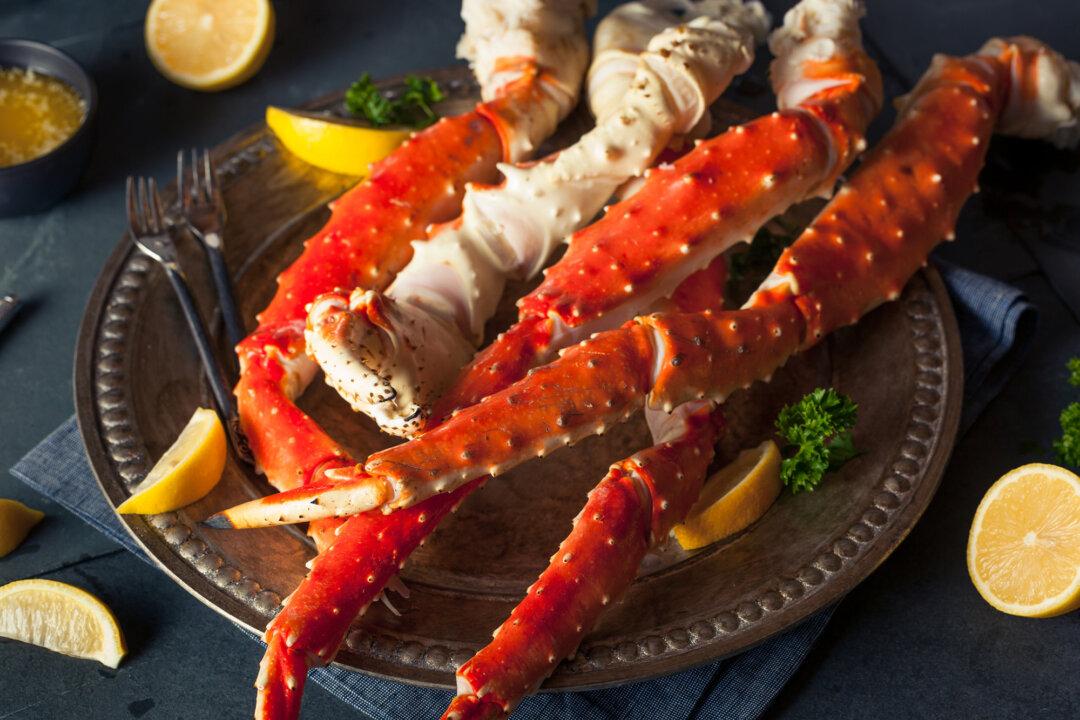For such a crystalline-clear cocktail, the martini’s true origin is a bit murky.
The fact is, gin and vermouth mingle together well. A recipe in print from the 1890s shows a ratio of half and half plus four dashes of bitters. But the gin of the time may have been Dutch genever until the sweeter English “Old Tom” variety gained popularity. Plus, the vermouth of the time would’ve been sweet, which is why 20th-century drinkers would specify a “dry” martini to get the dry, lighter-colored vermouth, and by that time the preference for London dry gin was typical.





